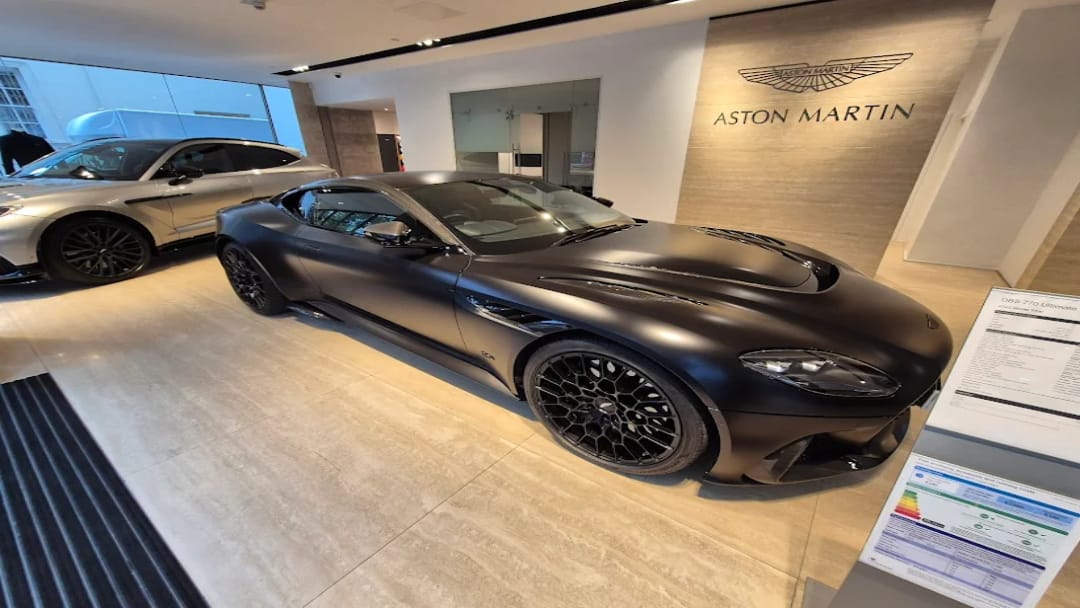Aston Martin is once again facing mounting pressure as its latest financial update reveals a familiar pattern of underperformance. The British luxury carmaker has issued a fresh profit warning, lowered delivery forecasts, and admitted that it won’t reach positive free cash flow this year—reviving concerns over its long-term viability.

In the third quarter, Aston Martin delivered fewer vehicles than expected, falling behind its own projections and last year’s numbers. Sales have slowed across key markets, including the U.S. and China, two vital regions for high-end automotive brands. Part of this decline is being attributed to broader pressures on the luxury sector, including the impact of newly implemented U.S. tariffs on imported luxury goods. These trade measures have dampened consumer appetite for ultra-premium products by increasing costs and eroding demand at the top end of the market.
Beyond external pressures, the company is also grappling with internal challenges. Production delays—particularly affecting the highly anticipated Valhalla hypercar—have disrupted its product rollout strategy and contributed to a weaker model mix this year. With fewer high-margin vehicles reaching customers, profitability has taken a hit.
Meanwhile, hopes for a cash flow turnaround have been deferred. Management had previously expected to be cash flow positive in the second half of the year, but that forecast has been walked back, indicating continued reliance on outside capital to keep operations steady.
To fill the funding gap, Aston Martin is moving ahead with plans to raise approximately £210 million through a combination of debt and equity. While this injection may buy time, it also underscores the brand’s ongoing dependence on financial lifelines to stay afloat.
The leadership team, now under CEO Adrian Hallmark, is positioning the company for a reset. There’s talk of tighter cost control, a streamlined product portfolio, and a more disciplined operational strategy. Yet these pledges echo similar ones made in the past—and investors are growing wary.

